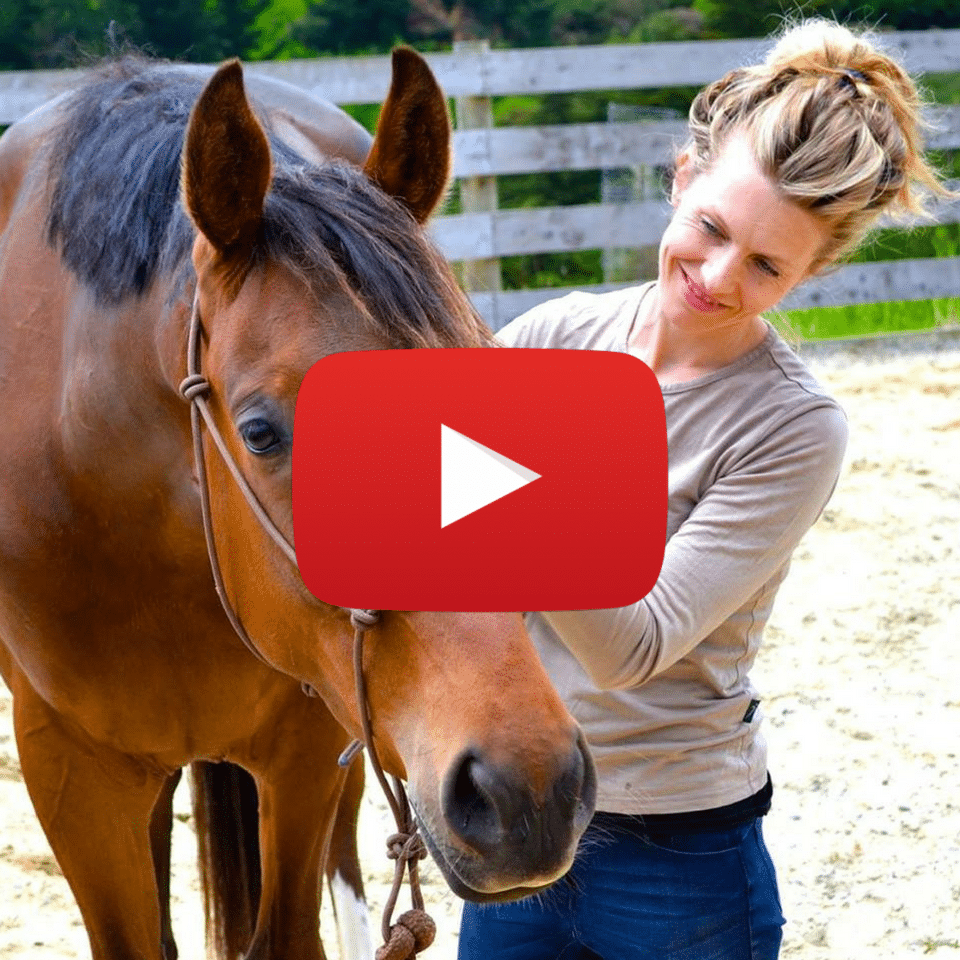The “fight flight response” or the “fight flight nervous system” is a common nickname given to the survival or sympathetic nervous system. It can be misleading, however, as far as overly simplifying how the body responds in survival mode and can narrow the conversation to one or two elements in what is a much bigger field.
It’s common to read things online such as “don’t forget there’s also freeze!” when it comes to conversations on this topic (assuming that fight and flight are the main players), or to group together the states of freeze and collapse, which are vastly different from each other, and should be understood as such.
There is actually a stage before fight where the startle reflex kicks in, and three further stages beyond freeze that cause the body to move into further stages of shutdown. Each of this has their own set of structural changes in the body, as well as behavioral expressions that accompany them.
Understanding what is presenting in both horses and humans is important as it allows us to make decisions as to what sort of movement might be useful to help ease the system into a more adaptive state, and the overall approach we want to take.
For instance, in collapse, the brain is essentially telling the body not to move. If we then “prescribe” vigorous exercise for someone in a state of nervous system collapse, we not only send them to battle with themselves mentally, but systemically it can create some dire consequences.
As opposed to the rigidity of freeze, there’s a laxity in collapse (with the final stage moving into rigour).
We can have lots of “ideas” about what might be good for us, but we need to remember the brain is always making choices for the body based on the sensory information available to it. This must be respected first and foremost. We are never purposely working against ourselves.
Instead, we have to ask, why is my brain choosing this for my body? And how can I best support it to see things differently?
Onwards.








